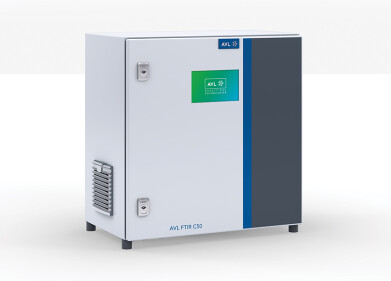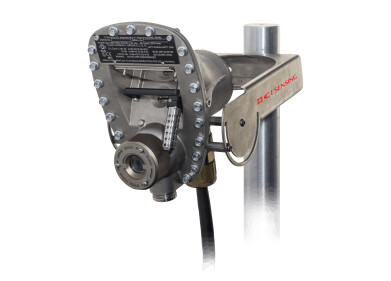Air Monitoring
AirSENCE - "Micro air monitoring system for Macro fight against COVID"
Apr 13 2021
COVID-19 created one of the biggest human health challenges in modern history, but it has had unexpectedly positive impacts on global air quality.
Nearly every country imposed strict lockdown between March and June 2020. Barring essential services like healthcare, sanitisation, and food-supplies, nearly all other activities were at a standstill. Vehicular traffic and industrial production were down by over 90% across the globe. This reduced air pollution emissions significantly and global air quality experienced considerable improvement.
Studies in eight countries including Italy, Spain, Germany, France, UK, USA, and China found more viral infections in the regions with higher levels of PM2.5 and NO2. Systematic air monitoring studies were attempted in some of these countries during the lockdown to ascertain its impact on air quality. Shutdowns at power plants, transportation and other industries resulted in drastic decrease in concentrations of NO2, PM2.5, PM10 and CO. Social distancing reduced concentrations of three primary air pollutants (PM10, NO2 and CO) for highly populated cities in Brazil.
The relationship between air pollution and COVID-19 has been documented in studies, which indicate that adverse air pollution can make people prone to the infection or exacerbate the severity of COVID-19 symptoms once infected. For this reason, a comprehensive understanding of air quality changes and its health impacts is required to control COVID-19 conditions effectively. AUG’s caaqMMS AirSENCE is an Advanced, Accurate & Affordable solution to carry-out air quality and health studies with meaningful data.
When lockdown measures were implemented in March 2020, a study of the impact of traffic-related air pollution in the City of Oshawa (Canada) was underway utilising AirSENCE systems already deployed in the city. With real-time measurements of CO, CO2, NO, NO2, O3 and PM2.5 from AirSENCE, the City aims to assess how traffic pattern changes affect air quality in the downtown area.
Four AirSENCE devices have been installed at busy intersections of downtown Oshawa since May 2019. Air quality data from August 2019 to July 2020 were analysed to provide insights into the impact of COVID-19 on the City’s air quality, especially on traffic-related air pollutants.
All AirSENCE devices detected significant decreases in average concentrations of air pollutants associated with vehicle emissions, which substantiates similar observations of improved air quality reported globally and serves as a powerful illustration of the direct relationship between automotive traffic and air pollution in urban areas. As an example, measurements from two of the AirSENCE devices are shown with the average weekday CO, NO, NO2 and CO2 concentrations by hour-of-day pre- and post-COVID-19 restrictions, and average decrease (%) indicated in chart titles.
“Data from AirSENCE is a valuable supplement to other smart city sensors such as traffic counters. With localised air quality data, we are able to increase the City’s understanding of environmental issues in our City’s downtown and make better informed decisions for urban renewal projects including increasing the pedestrian experience” – Julie Maclsaac (Director of Innovation & Transformation, City of Oshawa)
To see our brochure please click here.
Digital Edition
AET 28.2 April/May 2024
May 2024
Business News - Teledyne Marine expands with the acquisition of Valeport - Signal partners with gas analysis experts in Korea Air Monitoring - Continuous Fine Particulate Emission Monitor...
View all digital editions
Events
Jul 10 2024 Birmingham, UK
Jul 21 2024 Cape Town, South Africa
Australasian Waste & Recycling Expo
Jul 24 2024 Sydney, Australia
Jul 30 2024 Jakarta, Indonesia
China Energy Summit & Exhibition
Jul 31 2024 Beijing, China



















